
By Madhava Smullen
The Service Appreciation Ceremony – a semi-annual custom introduced in 2014 that honors those who have contributed years of service to the New Vrindaban village – was held for the third time at ISKCON New Vrindaban’s Community Hall on Sunday December 6th, 2016.
Previous ceremonies honored the late Madhava Gosh and his wife Vidya, Kripamaya and his wife Krsna Bhava, Malati Devi, Navin-Shyam, Jamuna, and Kacey Orr for diverse services from GBC to board member to cow and garden care.
This time, around fifty people gathered to honor ECO-Vrindaban veteran farmhand Ray Kuderski, cook and mother Dharmakala Dasi, performer and author Sankirtan Das, and his wife Ruci, a longtime teacher at New Vrindaban.
Joint board member Chaitanya Mangala Das acted as MC for the event, which for the first time included slideshow presentations on each honoree’s life and achievements.
Each person was also presented with a cherrywood plaque thanking them for their decades of service in the development of the New Vrindaban community, on behalf of Srila Prabhupada, Sri Sri Radha Vrindabanchandra, and the Board of Directors of ISKCON New Vrindaban and ECO-Vrindaban.
Ray Kuderski – whose wife Kelli, son Michael, and sister-in-law Carol were all present – received his plaque from Ranaka Das, his boss and friend during his more than three decades of exceptional work with the cows and farming activities in New Vrindaban.
Born and raised in the Moundsville area, Ray didn’t have prior farm work experience, but learned on the job. He first began working with Ranaka in the Plough Department in 1983, which later merged with the Cow Care Department and eventually evolved into ECO-Vrindaban.
“For decades, it was mostly Ray and Ranaka doing everything,” says Chaitanya Mangala. “During the tougher times at New Vrindaban, when they had to look after 400 cows on a shoestring budget, they often had to put aside their own concerns and comfort to make sure the cows were cared for.”
The crowd laughed with fond familiarity when Chaitanya showed them a photo of Ray on his trusty John Deere tractor, commenting, “This is probably how you all recognize him.”
“Ray is known as a no-nonsense guy who does his work steadily without complaint year in and year out,” explains Chaitanya. “He’s been an amazing part of the fabric of New Vrindaban for so long. The place clearly wouldn’t be the same without him.”
True to form, when Ray was offered the chance to say a few words after his slideshow presentation, he declined with a self-effacing grin. But the crowd wouldn’t stay silent. One after the other, dozens got to their feet, praising Ray for his incredibly dedicated participation.
Next came Dharmakala Dasi, who has served New Vrindaban for more than four decades. After joining ISKCON in Maryland in 1972, Dharmakala was initiated by Srila Prabhupada in 1973 in New York, and began cooking for Krishna at the Henry Street temple there.
She moved to New Vrindaban in 1974, where she received 2nd initiation in 1975 and began cooking for the Deities and devotees, a service she would continue for the next fifteen years.
Her opulent 4pm offering of elaborate cookies and cheese cake became legendary, as did the breadsticks, date nut bars, apple crisp and more she made for the devotees. Often spending eleven-hour days in the kitchen, Dharmakala still found time to raise her five children.
After stopping her work in the temple kitchen, she continued to bake cakes for weddings, birthdays, and anniversaries in New Vrindaban, a service she offers to this day. In 1995, she started her company “World’s Best Cookie,” which has sold over 500,000 handmade cookies.
Speaking about their mother, Dharmakala’s eldest son Suddha-Sattva and daughter Dinataruni appreciated how she had opened her home to their friends. “Our house was always packed with kids, and you’d feed them every day,” Suddha said. “That’s one of the ways you showed your love for devotees in the community.” Dharmakala’s son Vincent and daughter Sarasvati were also present.
In turn, the crowd then showered their love and appreciation on Dharmakala, mostly by enthusiastically yelling out the names of her different legendary preparations. Some reminisced about fighting over her offerings; others thanked her for the cakes she had made for them. ECO-V Board Chair Bhima Walker then presented her with her plaque.
“My friends are the reason I’m still living in New Vrindaban after all these years,” Dharmakala was quoted in an article that was read out. “We all built this place together. We’re like family.”
Finally, Sankirtan and Ruci were honored. The two met in college in 1968, joined the Chicago temple soon after, and were initiated in 1973. They arrived in New Vrindaban on the eve of Gaura Purnima 1976 in the dead of winter, showing them just how austere the place could get. But nothing could deter them from serving there for the next four decades.
As well as her service to Tulasi Devi, Ruci is most known for her nearly forty years of teaching preschool and elementary students at different New Vrindaban schools since 1978.
Today, she continues to teach at the Gopal’s Garden Homeschool Co-Op, established in 2007. There, she provides a balanced blend of standard academic subjects and Krishna conscious ones, including japa, kirtana, and Bhagavad-gita slokas. At the end of each school year, she produces an anthology of the students’ writings and illustrations.
Over the years, Ruci developed bonds with her students that have remained to this day. She often receives mail from early students – now with successful careers and their own families – who tell her what an impact her teaching had on their personal and professional lives.
At the service appreciation ceremony, three generations stood to thank Ruci for everything she had done. Pioneer New Vrindaban residents told her, “You were a shining light throughout New Vrindaban’s history. You never let us down.” Their children, now in their thirties and forties, appreciated all the benefits they had gotten from her classroom. And their children, still currently studying with Ruci, piped up and said, “I love being in Ruci’s class!”
Meanwhile her husband Sankirtan is known for braving austere conditions out at the Bahulaban “Pits” to cook breakfast every day for nearly fifteen years, including the famed “oatwater.”
He’s perhaps most praised, however, for developing the Brijabasi Players and for his hundreds of plays and skits from the late 1970s to this day.
One of his most fondly remembered productions was the sweet Nandulal, in which he played the blind saint Bilvamangala Thakur, who unknowingly encounters Krishna, played by the then 12-year-old Sesa Walker. Sankirtan recalled the play as one of his favorite experiences from over the years, praising the professionalism and commitment of his youthful co-star.
Sankirtan also collaborated for many years with Lokamangala Das, performing transcendental dramas around the U.S. These included the two-man magnum opus Mahabharat, which they toured for four years to colleges, temples and even Off Broadway in New York City.
Sankirtan is also an award-winning storyteller and author, winning the West Virginia Artist Fellowship Award in 2005 for his storytelling at schools and colleges, and a Next Generation Indie Book finalist award in 2014 for his book Mahabharat: The Eternal Quest.
Recently, Sankirtan has been taking his PowerPoint about the 50th Anniversary of Prabhupada’s arrival in the West to colleges. And his project “Holding Srila Prabhupada,” in which he takes photos of pilgrims holding a picture of the ISKCON Founder outside his home – where Prabhupada stayed in June 1976 – has given hundreds a deeper New Vrindaban pilgrimage experience.
After the presentation on Sankirtan’s life, many devotees stood to say how moved they were by his service. Advaitacarya Das recounted how Sankirtan had spent eight hours a day for two weeks helping his son Halavah Sofksy rehearse to try and get an acting scholarship. As a result, Halavah won the scholarship. Present himself, Halavah added, “It shows the level of generosity that you have. And so many others have similar stories to tell about you.”
Sankirtan and Ruci also have two adult children of their own. Their son Josh (Sanjaya) – who was present at the ceremony — is an attorney and helps edit Sankirtan’s writings. Their daughter Visnupriya is a senior product and graphic designer for a consulting firm, and has designed and illustrated Sankirtan’s books.
At the end of the ceremony, Ruci and Sankirtan were presented with their plaque by INV board member Keval Patel.
In his concluding statement, Chaitanya Mangala recited Verse 4 from Rupa Goswami’s Nectar of Instruction, which discusses the six “symptoms of love shared by one devotee and another.”
He also quoted the purport, where Srila Prabhupada writes: “Even in ordinary social activities, these six types of dealings between two loving friends are absolutely necessary,” and further clarifies, “The International Society for Krishna Consciousness has been established to facilitate these six kinds of loving exchanges between devotees.”
“We don’t often just walk up to people we know and tell them our open-hearted thoughts and appreciations,” says Chaitanya. “So it’s important that we create spaces to facilitate this kind of sharing. When people do things to support and appreciate each other, it’s catching. The recipient feels good and then does something nice for someone else, and it causes a ripple effect.”
To finish off the evening, everyone had the chance to mill about and socialize with each other as they tucked into a delectable Ekadasi cake baked by Lakshman Das.
Plans are in place to continue the Service Appreciation Ceremony at New Vrindaban twice a year, well into the future.



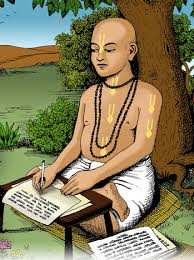

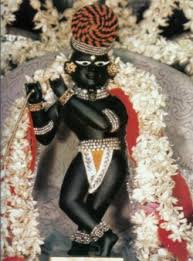
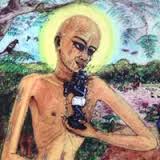










 By Tamohara dasa
By Tamohara dasa









 Japathon-Congregational Mantra Meditation
Japathon-Congregational Mantra Meditation Monthly sankirtan Festival(MSF)
Monthly sankirtan Festival(MSF)
 Nutritional Consultation
Nutritional Consultation Nityananda Trayodasi(Fasting till Noon)
Nityananda Trayodasi(Fasting till Noon)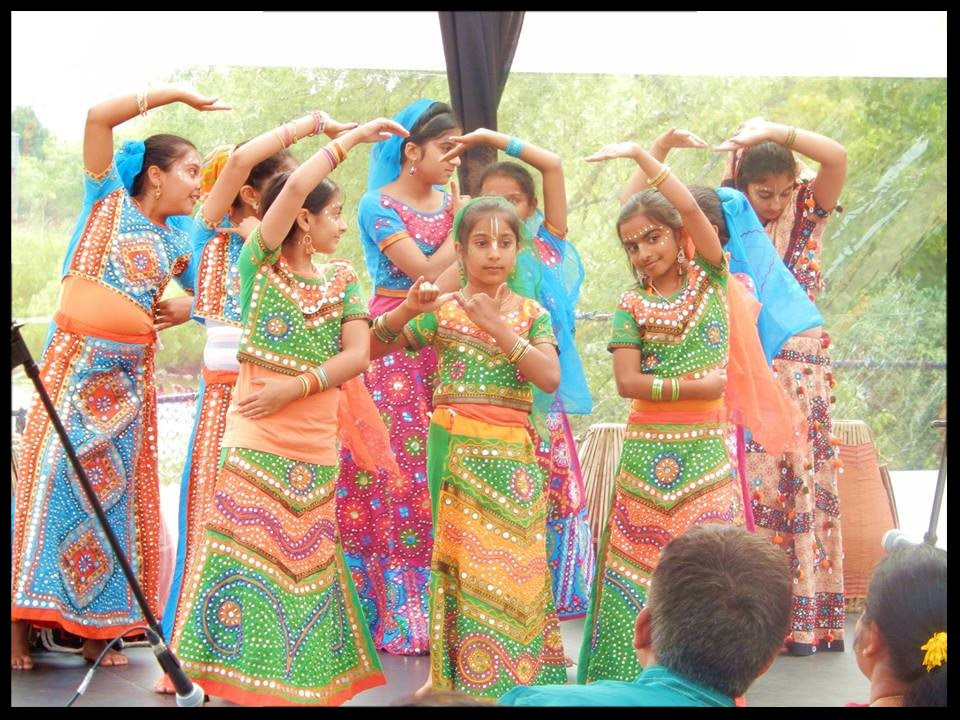 Sunday School
Sunday School
 By Jonathan B. Edelmann
By Jonathan B. Edelmann
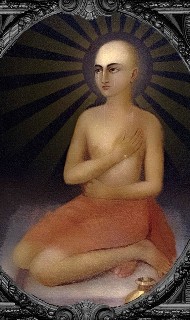 By Bir Krishna Swami
By Bir Krishna Swami
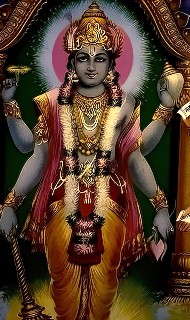 By Padma Devi Dasi
By Padma Devi Dasi


